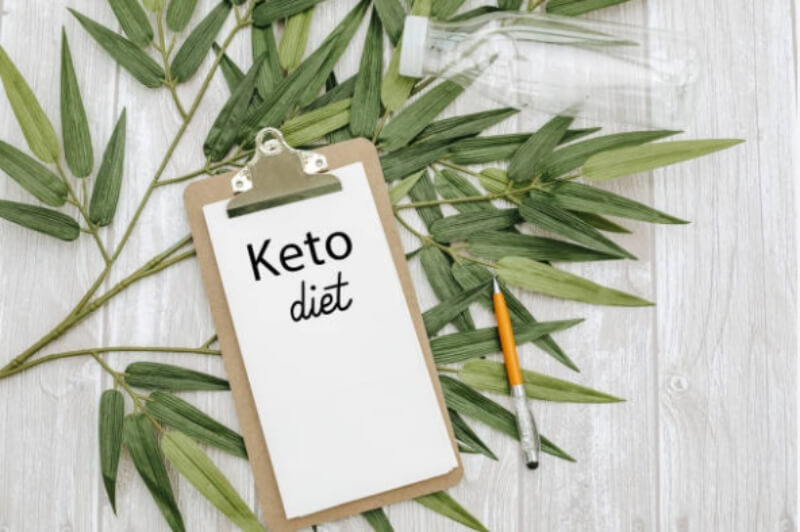
Ketone diet, or ketogenic, is gaining increasing popularity not only among the world’s celebrities, but also among ordinary people who wonder which way to get in shape exactly to choose. What’s it based on? To explain the answer to this question, we must first see how the human body obtains the energy it needs for daily activities. Our body is used to extracting it from the carbohydrates and glucose contained in bread, pasta and cereals, potatoes, corn, rice, sugar, fruits and milk.
Athletes are one of the few until very recently people who have managed to get their body to switch to a state of ketosis, giving the name of the Keto-diet. With it, the body gradually becomes accustomed to extracting energy from fats, not carbohydrates, which the liver converts into glucose. Instead, fat cells are converted into ketone, leading to a positive response to insulin levels in the blood and metabolic processes. It is considered that the ketogenic diet may be suitable for people who suffer from type 2 diabetes and epilepsy. Many products for impact on feelings of syte and hunger are based on the ketone principle, including Keto Diet tablets.
Basic Principles of Keto-Diet
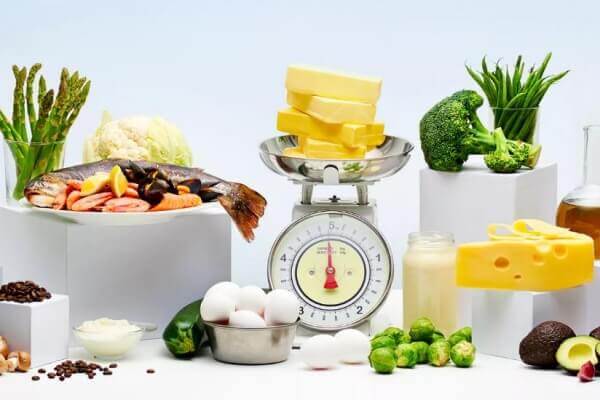
Among the main factors that people considering switching to an entirely ketogenic diet is that their body may feel weakened at first as it gets used to extracting energy from fat rather than carbohydrates. This is due to the fact that over the course of evolution, we, as a species, have become accustomed to drawing strength from carbohydrates. It is best for everyone to assess their individual options and start with 5 slight changes to the daily menu. The good news is that the majority of food products allowed for consumption during the ketone diet belong to foods for a healthy heart.
There are several different ways in which the body can go from a state of glycolysis (burning carbohydrates and glucose) to a state of lipolysis (active fat smelting) and to achieve ketosis. Each of them has a conditional duration and adaptation period of 7 to 14 days.
The signs that you have achieved it are as follows:
- Lack of feeling hungry;
- Bodily fluids cease to have a pronounced aroma of acetone;
- The desire to go to the toilet is starting to come to you more and more often.
A 2 ways to kind of “recalibrate” the processes in the body and switch to ketosis for the following:
- Observance of a strict fast or restrictive diet.
- Reducing carbohydrate consumption to 25 – 30 g. per day – approximately 1-2 slices of white bread.
- The average daily calorie intake in people who have chosen the ketogenic diet is as follows: 5% – carbohydrates, 15% – proteins, 80% – fat;
What to Do to Burn Liver Ketoni

If you want to speed up the processes associated with ketosis, as well as ensure the smooth transition of the body to a ketogenic diet, then you can adhere to the good recommendations described below:
- Consume more foods saturated with beneficial fats, such as omega-3-rich fatty acids – salmon, tuna, avocado, nuts, seeds, herring, mackerel, shrimp and seafood.
- Do not eat more than 30 g. carbohydrates per day.
- Focus on fluids. You can safely afford to drink between 2 and 4 l of water per day.
- Let more protein be present in your menu – between 1.5 and 2 g. every kilogram of your personal weight.
- Reduce the number of meals to 3 (three) in total for the whole day.
- Go on longer walks in the park or in nature and practice jogging, yoga or Pilates.
Foods During the Keto Diet
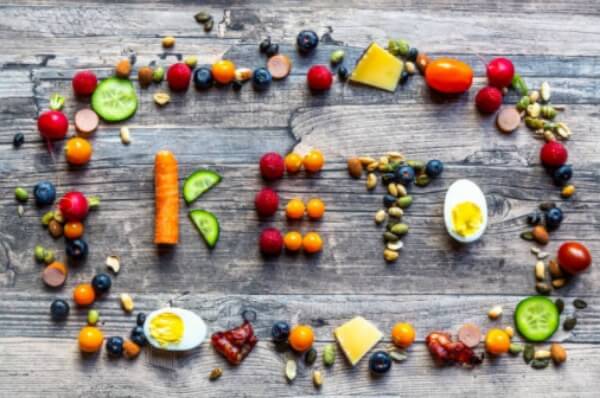
The list of edible products during the keto diet is not as limited as some people imagine it. The main part of it focuses on meat, fish, eggs, butter, nuts, green leaf and low-carbohydrate vegetables.
Let’s take a more specific look:
- Meat: Red meats, ham, sausage, bacon, chicken and turkey are allowed.
- Fish and Seafood, Rich in Beneficial Fats: Salmon, Trout, Tuna, Herring, Shrimp, Lobster, Crabs, Mussels, Rapani and Mackerel.
- Eggs.
- Limited assortment of dairy products: Butter, cream and cheese.
- Nuts and Seeds: Almonds, walnuts, linseed, sunflower seeds, pumpkin seeds and cashews.
- Healthy Oils: These include extra virgin olive oil, coconut oil and avocado oil.
- Avocado: You can eat a whole un flavored avocado or in the form of guacamole.
- Low carb and Green leafy Vegetables: Arugula, spinach, green salad, lolo rosso, tomatoes, onions, garlic, radishes, peppers, etc.
- Spices: Do not be able to add salt, pepper and a wide range of herbs and spices.
Which Products Are Excluded From The Ketogenic Diet
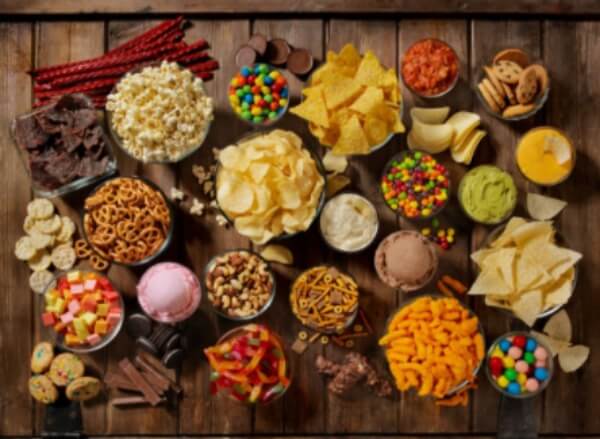
Of course, getting in shape, being not a particularly light process, also imposes some dietary restrictions. Moving from glycolysis through lycolysis to ketosis may initially seem difficult, but don’t forget your ultimate goal.
Keto-diet recommends avoiding the following food items:
- Confectionery: Carbonated and sweet drinks, fruit juice, pastry products, confectionery, ice cream, candy, chocolate, etc.
- Cereals and Including Starch: All wheat derivatives and by-products, including cereals (rice, peas, maize, etc.), pasta.
- Fruits: Here, unfortunately, it is advisable to avoid almost all varieties, except for small red and berries such as strawberries, blackberries and blueberries.
- The representatives of the Bean family: Peas, beans, chickpeas, lentils, etc.
- Root vegetables and tubers: Forget about the simple carbohydrates that contain potatoes, sweet potatoes, carrots and parsnips.
- Low fat products: Most of them are semi-finished products and compensate for the lack of fat with carbohydrates.
- Spices and Sauces: Those that contain carbohydrates, processed sugars and unhealthy fats – ketchup, mayonnaise, etc.
- Unhealthy Fat: Reduce or exclude consumption of processed vegetable oils.
- Alcohol: Most varieties of alcohol contain a lot of carbohydrates and their intake should be limited.
Keto-Diet: Who is Suitable for

People who can benefit most from the Keto diet include professional athletes, those suffering from chronic and severe forms of epilepsy, Alzheimer’s, type 2 diabetes patients, as well as those who wish to get in shape through quality weight control and calorie intake. Compliance has been found to lead to clarification and improvement of brain functions as well as memory abilities. Helps reduce acne outbursts and harmonize cholesterol levels.
Those who should avoid this diet have developed type 1 diabetes, as well as chronic diseases of the cardiovascular system, liver and kidneys. Pregnant and lactating women should also not emphasise its principles.
Natural Approach to Food Is Useful
The ketogenic diet includes important nutri zionist principles. If we can learn to apply them, our general condition and figure would be positively influenced. Many natural appetite impact products work on the principle of ketosis. Such is the drink Keto Light Plus.
- Boostella Reviews, Price, Results, Side Effects 2025 - 14/04/2025
- Potens HardMax Reviews, Price, Results, Side Effects 2025 - 11/04/2025
- Liposivin Reviews, Price, Results, Side Effects 2025 - 08/04/2025
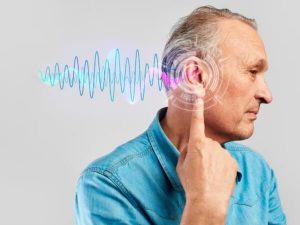
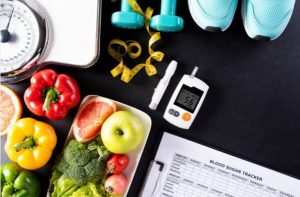
![Full-On Body Care Guide [year] - How to Shower Properly & Choose the Right Cosmetics](https://nature-tricks.com/wp-content/uploads/2021/11/body-care-how-to-shower-properly-5-300x212.jpg)

